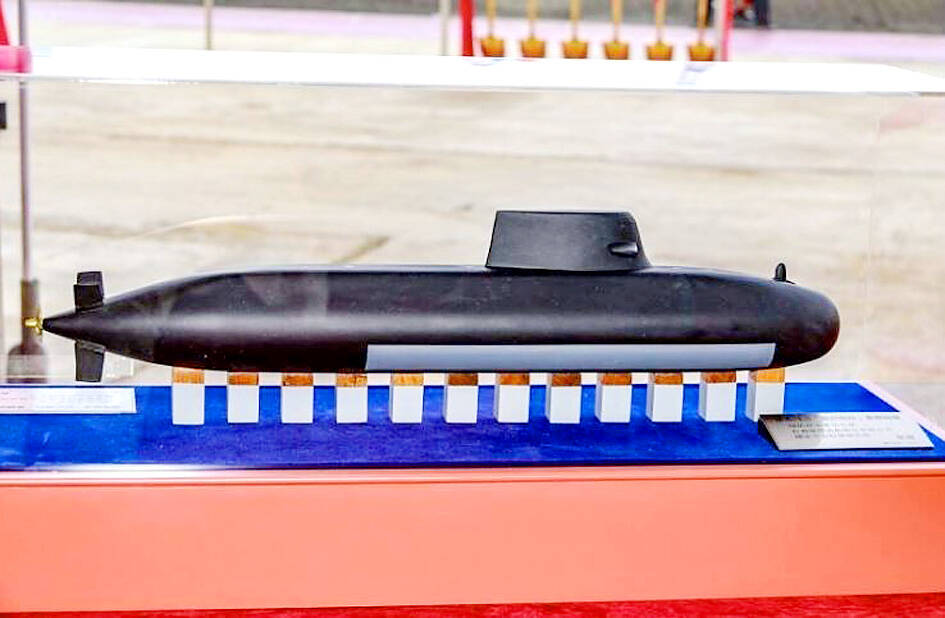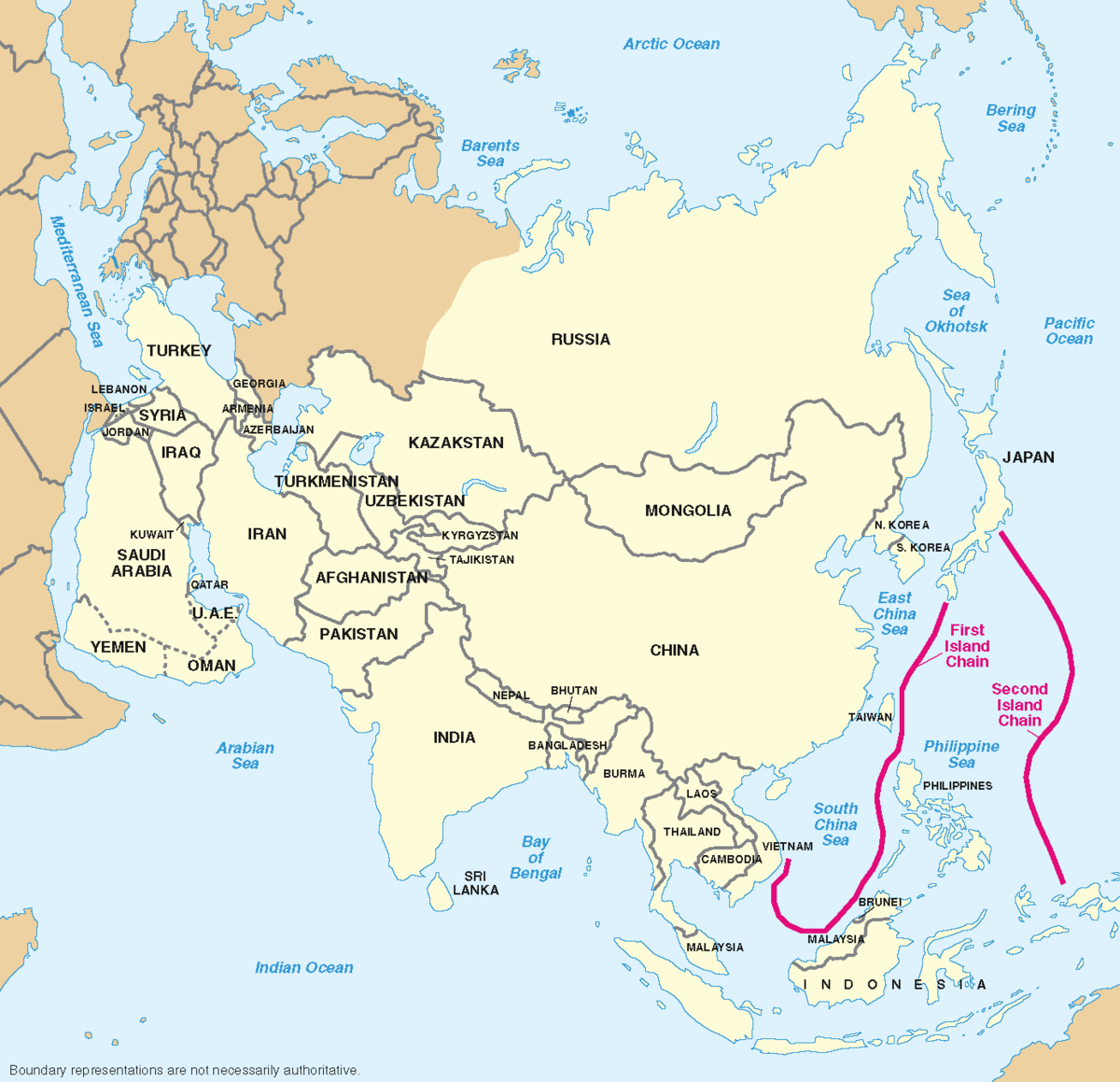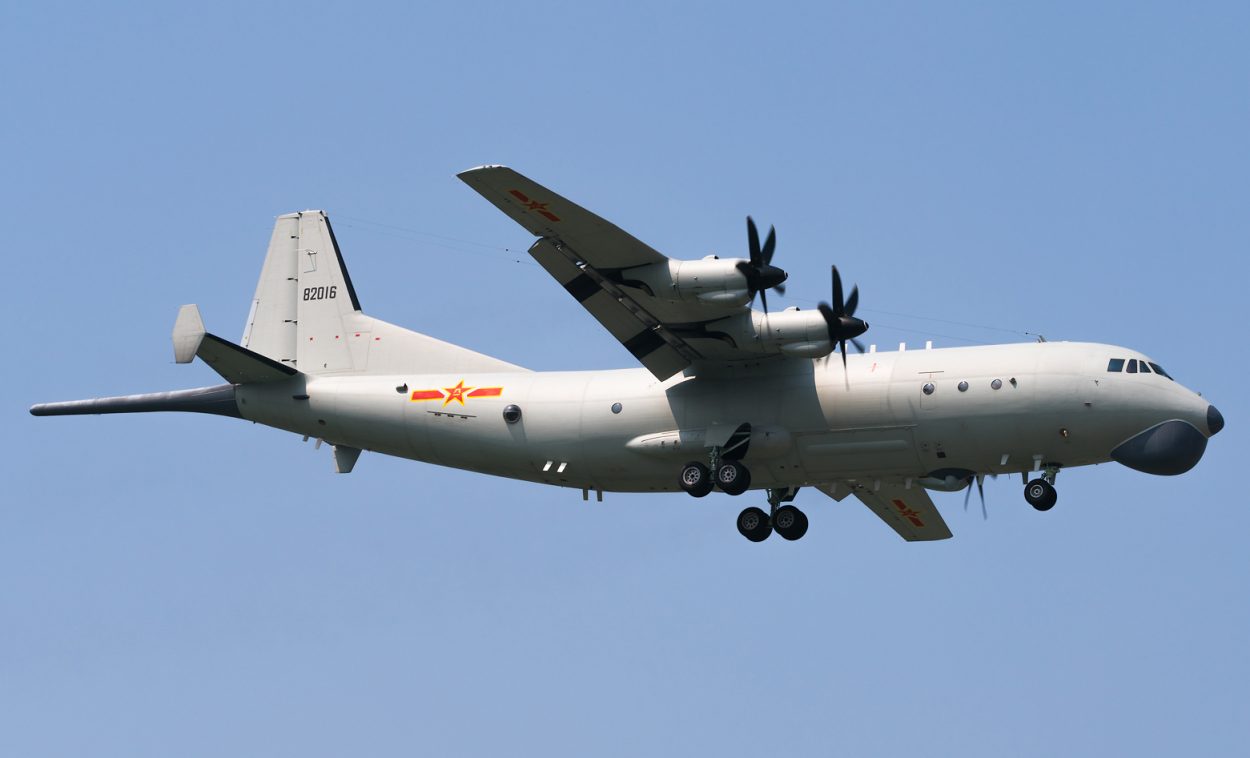Taiwanese President Tsai Ing-Wen is expected to launch the first indigenous submarine, built under a program initiated in 2016, later this week.
According to the program’s chief, Admiral Huang Shu-Kuang, Taiwan plans to deploy at least two newly built submarines by 2027. It may subsequently equip them with missiles to bolster their ability to deter the Chinese Navy and safeguard vital supply routes.
Beijing conducts military drills nearly daily to demonstrate its sovereignty over Taiwan, which it claims as its territory, and has vowed to merge it with the Chinese mainland. Against this backdrop, the Taiwanese government has made the indigenous submarine program a crucial component of its military modernization.
On its part, the Tsai government is known to have outsourced technology and expertise from several other countries. It is considered no small feat for a country that has remained diplomatically isolated due to the ‘One China’ policy.
Former US President Donald Trump’s administration approved a massive transfer of crucial technologies, and engineers from Korea, India, Canada, and other nations are reportedly assisting China Shipbuilding Corporation, Taiwan’s national shipbuilder, in constructing the eight submarines.
Admiral Huang Shu-Kuang, Tsai’s security adviser in charge of the program, said it would be more challenging for the Chinese Navy to project force into the Pacific with a fleet of Taiwanese submarines.
In addition to the indigenous submarines planned for the future, the Taiwanese Navy currently has two Dutch-built submarines commissioned in the 1980s. The eight new submarines would make a fleet of ten vessels in the Taiwanese Navy in the future.
However, Taiwan’s indigenously developed diesel-attack submarine is a decade ahead of the current Chien Lung class submarine purchased from the Netherlands.

Huang informed the media that the first submarine would cost T$49.36 billion ($1.54 billion), have a combat system by Lockheed Martin Corp, and be equipped with MK-48 heavyweight torpedoes developed in the United States. Next month, it will begin sea trials before being delivered to the Navy by the end of 2024.
In succeeding models, Taiwan would leave room for submarine-launched anti-ship missiles, but adding those weapons will depend on US production capacity, which is already at a premium, Huang said.
Sounding a rather ambitious note, Huang claimed that Taiwan’s diesel-electric submarines could keep China at bay in the first island chain, which extends from Japan to Taiwan, the Philippines, and Borneo and encloses China’s coastal waters.
“This was also the strategic concept of the US military – to contain them within the first island chain and deny their access,” Huang said. “If Taiwan is taken, Japan will not be safe, South Korea will not be safe.” The first island chain is the first line of defense for Taiwan and its Western backers.

China is particularly sensitive about the first island chain because it houses the Bashi Channel and the Miyako Strait, critical chokepoints for China. There have been concerns that China could invade Taiwan from that direction due to the Chinese Navy’s increased activity, including using its aircraft carrier, Shandong, off the island nation’s eastern coast.
Planners have long envisioned the island’s military reorganizing and preserving its forces in eastern Taiwan.
The submarine is, thus, expected to strengthen Taiwan’s asymmetrical defenses against potential invasion by the People’s Republic of China. This strategy focuses less on directly confronting the larger Chinese opponent and more on blocking their landing on the island by planting mines and attacking Chinese transports carrying troops, supplies, tanks, and war equipment.
Huang claimed that by keeping ports on Taiwan’s eastern coast accessible during a battle, the submarines might preserve the island’s “lifeline” to the Pacific. “The submarines will keep their ships away from our eastern shores,” he said.
However, despite this meticulously thought-out program and Taiwan’s leap into submarine war, Chinese military experts believe that Taiwan would not be able to escape a Chinese onslaught should it happen.
Chinese Experts Think Taiwan Has No Way Out!
As reports of the submarine launch caused jubilation in Taiwan and among its sympathizers in the West, Chinese state-owned publication Global Times carried a report that cited Chinese analysts as saying that Taiwan’s intention to deploy submarines to bar the PLA from entering the Pacific Ocean was wishful thinking.
According to a Beijing-based military expert, the plan is only an “illusion of the island” trying to oppose reunification through force.
The anonymous expert supported his argument by asserting that the PLA has already established a multidimensional anti-submarine network all around the island of Taiwan, which includes submarines underwater, anti-submarine corvettes, frigates, and destroyers on the sea’s surface, and Y-8 fixed-wing anti-submarine patrol aircraft, and Z-9 vessel-borne anti-submarine helicopters in the air.

During daily maneuvers around the island, Taiwan routinely sees some of these PLA anti-submarine units. The submarines of the isle will only pose a minor threat if hostilities break out, according to the analyst, who also noted that the vessels from external forces like the US and Japan are the real possible targets of the PLA.
The PLA has made no bone of its intention to annex Taiwan in the future and has continued to advance military drills simulating an invasion. In August last year, the Chinese army’s Eastern Theatre Command said it would practice anti-submarine attacks and sea raids. Taiwan, on its part, accuses Beijing of using these drills to practice for an island invasion.
Undeterred by Taiwan’s repeated warnings and rapid military modernization, China continues to prioritize drills that would help it hone its combat skills for a future invasion. For instance, last month, the PLA Eastern Command notified that it was testing the forces’ “actual combat capabilities” in a joint air and navy drill, which included anti-submarine operations to the north and southwest of Taiwan.
The submarine, which the island claimed to have “self-developed,” has drawn criticism from observers due to its usage of various foreign technologies in its combat systems and weaponry, such as the MK-48 heavyweight torpedoes that the island bought from the US.
On top of that, the Chinese analysts also questioned whether the island’s submarine can join service without problems, saying that a built submarine using imported technologies may face incompatibilities, especially given that the island does not have much experience producing submarines.
- Contact the author at sakshi.tiwari9555 (at) gmail.com
- Follow EurAsian Times on Google News




